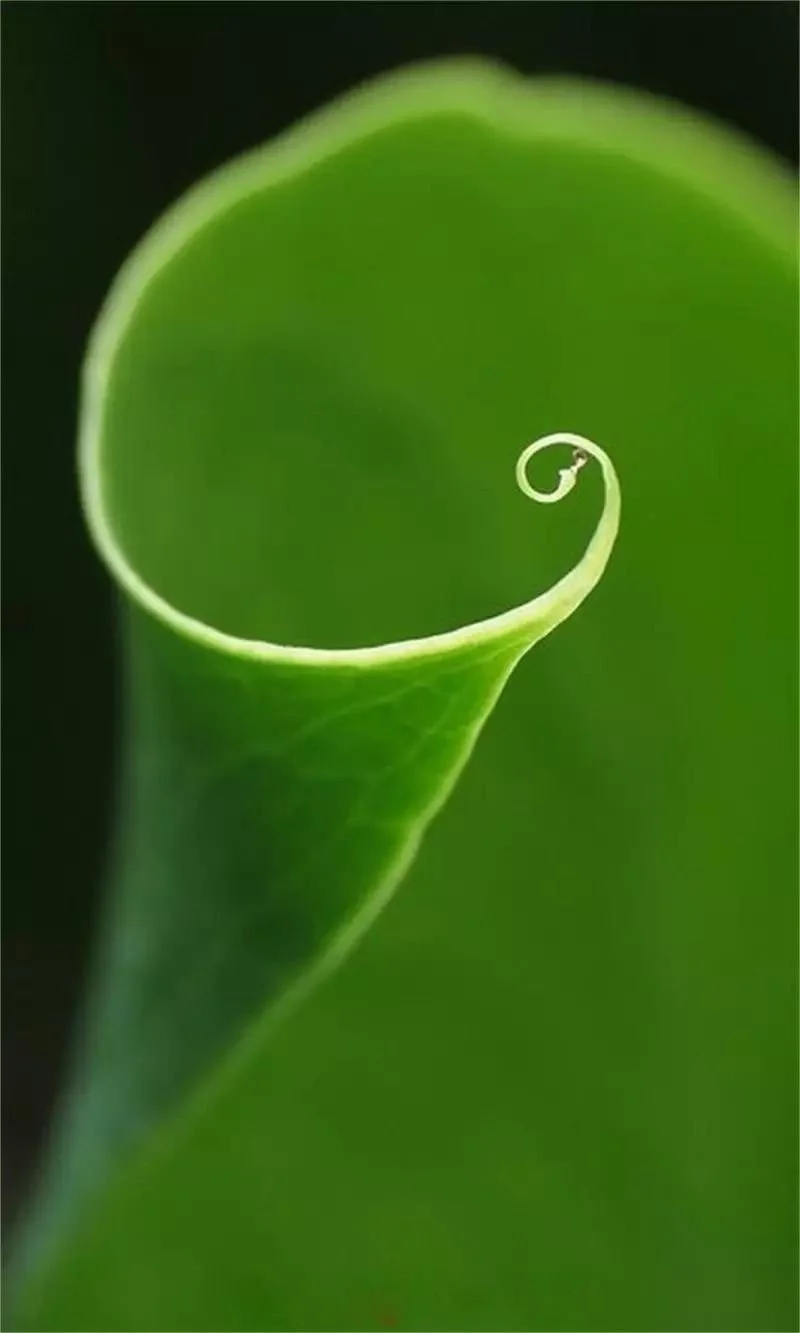
the shades of green
What Hue Are You?
It’s less about putting ourselves into a box and more about recognizing that a holistic approach can take many forms — through treatment offerings, product selections, tools, and technology.
No matter our “shade,” we share a common foundation: a commitment to clean, non-toxic ingredients and a whole-body approach that supports well-being and treatment success.
The Shades of Green framework is best used as a tool — helping practitioners identify the kind of education they align with and guiding product recommendations that match their values and preferences.
And the best part? It’s not a fixed spectrum. You may feel rooted in one shade or reflect a range, and that’s perfectly okay. The Shades of Green isn’t meant to limit you, but to enrich conversations, strengthen understanding, and give clients clarity about the care and products you provide.
Light Green
Products
A blend of nature + science. May include natural actives, organic topicals, and supportive supplements.
Tools & Modalities
Non-invasive hand tools paired with modern technology.
Sometimes incorporates practices from the Dark Green approach.
Find your Hue
Green
Products
Balanced clean choices — rooted in nature but comfortable with safe scientific support.
Tools & Modalities
Mix of traditional hand techniques and advanced tools.
Represents the middle ground: adaptable and inclusive.
dark Green
Products
Whole-plant constituents used after distillation, cold pressing, solar infusion, or drying.
Tools & Modalities
Hands, energy work, and ancient holistic modalities.
Grounded in tradition, emphasizing natural and time-honored methods.
the green spectrum
Think of the Shades of Green as a tool, not a label. You may feel rooted in one shade or find yourself spanning across all three. The variety doesn’t limit you — it expands how you educate, connect, and communicate your values.
Most practitioners are a blend — the Shades of Green are tools, not limits
What Brings Us Together
Regardless of shade, all practitioners agree on a common foundation:
Commitment to clean, non-toxic ingredients — no fillers, dyes, perfumes, or synthetic irritants.
Respect for the endocrine system and whole-body balance — avoiding known allergens and hormone disruptors.
Holistic wellness practices — including nutrition, rest, hydration, movement, spirituality, and self-care.
Skin integrity first — choosing progressive, barrier-safe approaches over aggressive quick fixes.
Positive, inclusive language — moving away from “bad skin” or unrealistic beauty ideals, affirming each client’s unique body and journey.
Professional responsibility — working within scope of practice, maintaining safety, and honoring each client’s needs.
Sustainability awareness — choosing products, tools, and methods that respect both personal health and environmental wellbeing.




